The Great Sardine Migration: This Epic Event Visible from Space (7 Photos)
Do you think fish can be seen from space? One is unlikely. But when a school gathers into a horde 7 kilometers long, it becomes more than real! Today we will tell you about the largest migration of living organisms, which involves billions of living beings - the migration of Peruvian sardines. 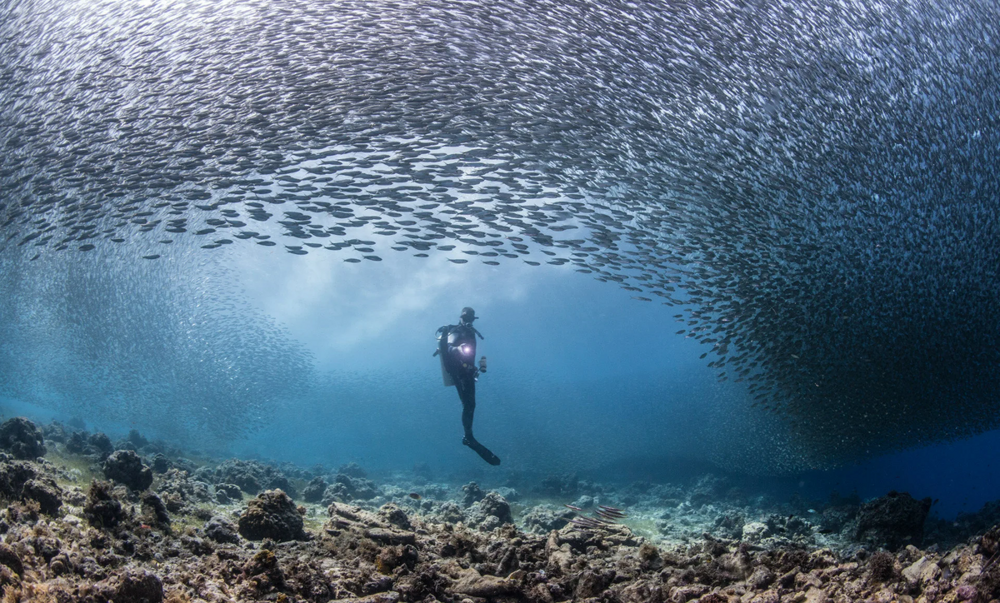
Just a small piece of a school of sardines.
Every summer, countless crowds of Peruvian sardines gather off the coast of South Africa and rush north to the Indian Ocean. Since the sardine is a small and defenseless fish, it prefers to travel in the company of friends. It’s more fun together, and there’s less chance that you’ll get eaten. This creates a school 7 kilometers long and 1.5 kilometers wide. And this is only official data. According to unofficial sources, the procession can be 2 times longer! 
Welcome to the underwater fish cave!
Up to 18 thousand (!) dolphins, thousands of sharks and gannets, and dozens of minke whales gather around the great Sardinian expedition. The dolphins knock the sardines into tight balls and push them towards the surface. There birds and predatory fish rush at them, hurrying to take advantage of the fruits of someone else's hunt. Well, the whales just crash into the crowd, mouth agape, and try to swallow as many fish as possible. 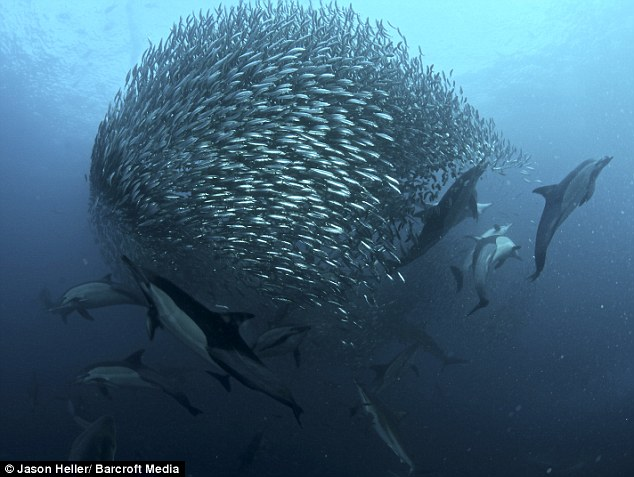
Yoshkin the cat, how can he eat you all?
People are also extremely happy with this state of affairs. During the month of the great fish journey, fishermen manage to catch up to 300 thousand tons of fish. Trawlers fill their holds to capacity, and local fishermen joke that at this time the fish even bite on plastic ice cream spoons. The whole country feeds on migration! In addition, divers and photographers from all over the world flock to the fish movement. It is thanks to their work and sense of beauty that you can enjoy the photographs in this article. 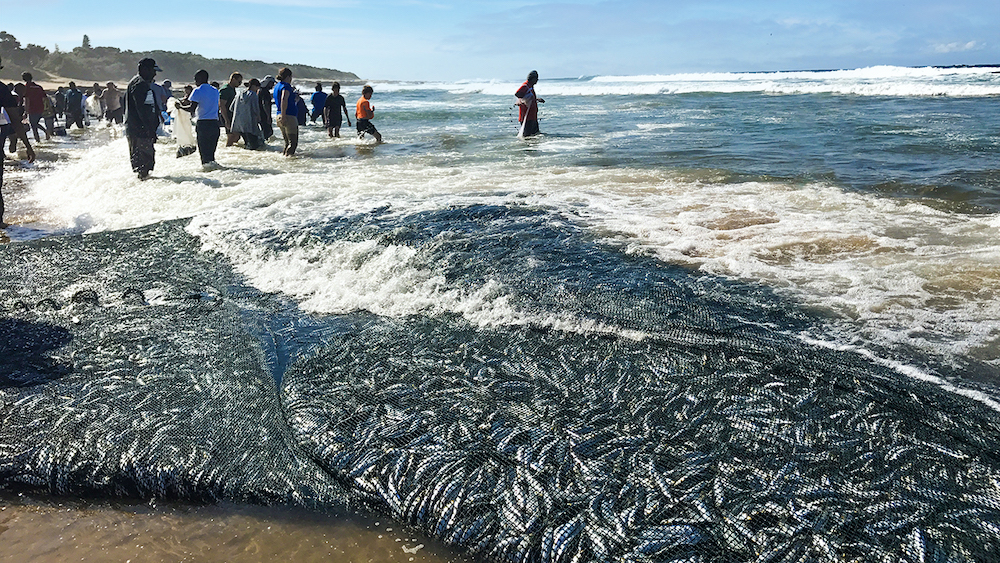
But this is only a coastal catch. And what happens at sea!
And all this, of course, is great, but what is the profit from this for the fish? To be honest, we don't know. Peruvian sardines do not necessarily need to migrate to reproduce. Most representatives of this species are sedentary and prefer not to go far from the place where they were born. But part of the population still risks their lives on a journey of thousands of kilometers. 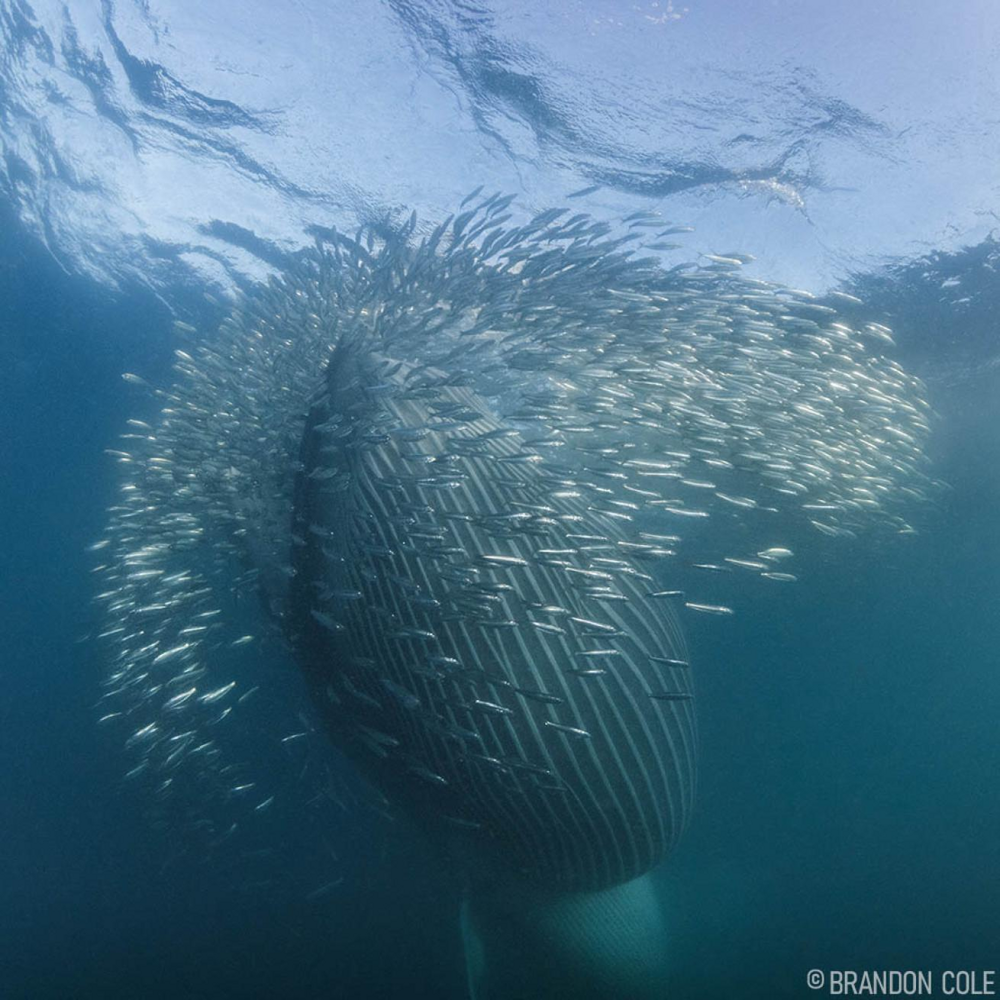
Bon appetit, fellow mammal!
Perhaps the reason for their wandering lies in upwelling. This is the name for the rise of cold and organic-rich deep waters to the very surface. On the east coast of Africa, it occurs every summer and is caused by strong winds that push surface water away from the mainland. Organic-rich waters rapidly develop plankton of all shapes and sizes—the favorite food of sardines. So they rush off to get food. Yes, many will die, but each surviving female will eat her fill and be able to lay several thousand healthy and large eggs. 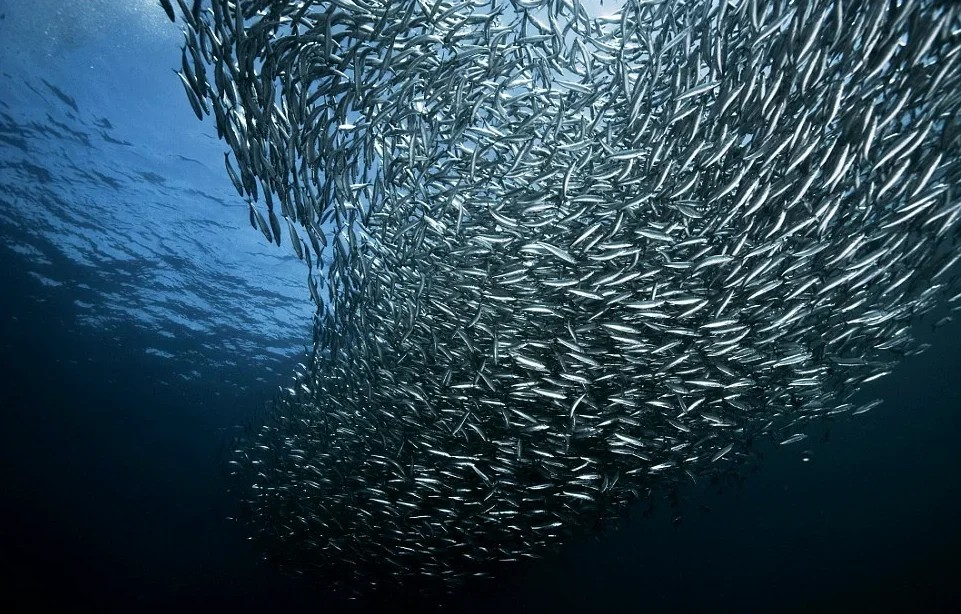
“I’ll definitely be lucky,” each of them thinks.
There is another hypothesis that explains the mysterious natural phenomenon. According to it, part of the Peruvian sardine population is genetically programmed to rush north whenever the water temperature off the coast of Africa drops below 21°C. When the fish reach the Indian Ocean, they disperse throughout the ocean and actively spawn. 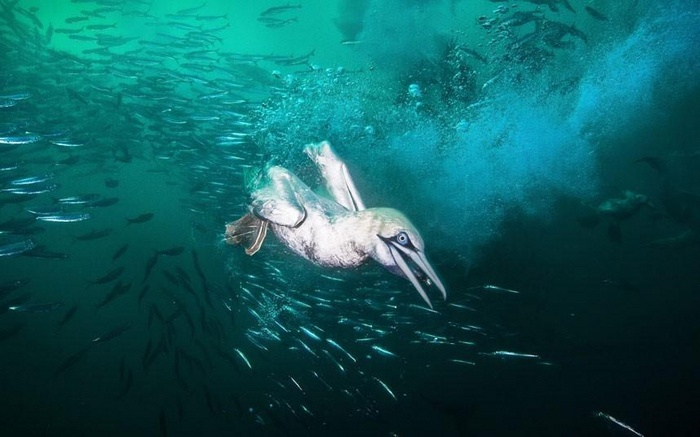
Be fruitful, my dears, I still have your children to feed!
And then they return back in small groups along the deep cold currents. This way they do not attract the attention of either people or predators. Periodically, sardine caviar is found in the Indian Ocean, which is an indirect confirmation of this hypothesis. .























